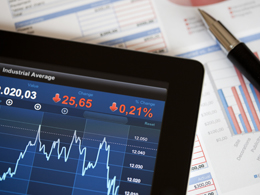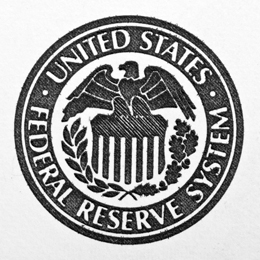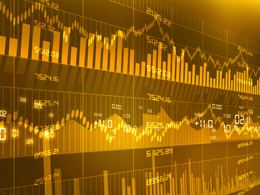Also known as the “fear index,” the VIX tends to stay low when investors are feeling confident and to spike when investors get scared. Technically, it reflects the volatility of the stock market—how much things bounce around—but on a practical level, it tends to mirror recent market performance.













